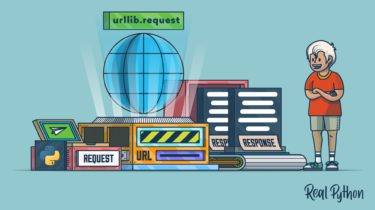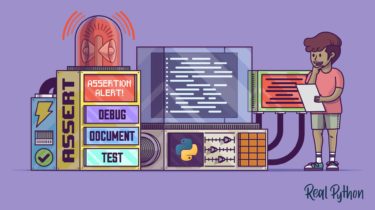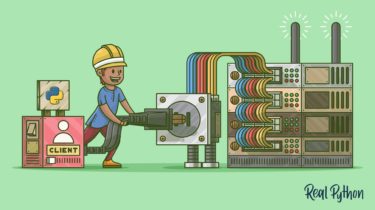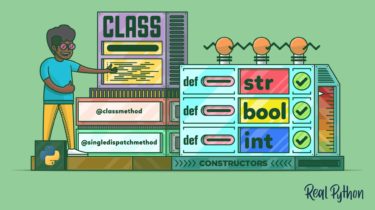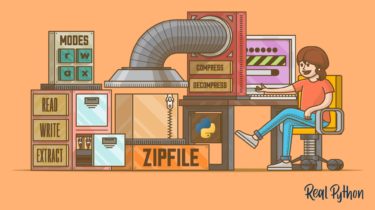Exploring the Fibonacci Sequence With Python
The Fibonacci sequence is a pretty famous sequence of integer numbers. The sequence comes up naturally in many problems and has a nice recursive definition. Learning how to generate it is an essential step in the pragmatic programmer’s journey toward mastering recursion. In this video course, you’ll focus on learning what the Fibonacci sequence is and how to generate it using Python. In this course, you’ll learn how to: Generate the Fibonacci sequence using a recursive algorithm Optimize the recursive […]
Read more